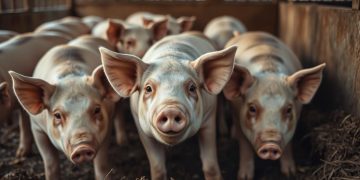In 2024, Vietnam’s per capita pork consumption reached approximately 37 kilograms per person annually, placing the country fourth worldwide, according to a report from the Department of Livestock Production and Animal Health under the Ministry of Agriculture and Environment. The report was presented at a conference in Hanoi.
Over the past five years, Vietnam’s pork consumption has increased steadily. By the end of 2024, the national pig herd had grown to about 32 million head, an increase of seven million from 2020 and nearly two million from 2023. This marked the highest pig population in five years, although the number declined slightly to 31.8 million by the end of the first quarter of 2025.
Between 2020 and 2024, pigs accounted for 60-64 percent of Vietnam’s total livestock, surpassing the global average by around 20 percent. The industry has seen a significant shift, with small-scale household farming declining while large-scale and professional farms have expanded. Currently, smallholder pig farming contributes 30 percent of production, while industrial farms and professional livestock operations account for 70 percent.
Vietnam has remained one of the world’s top pork consumers. From 2021 to 2023, it was the sixth-largest pork market globally, according to the US Department of Agriculture. In 2024, domestic pork production reached 5.2 million tonnes, representing 4.3 percent of the global pork supply. Per capita consumption grew from 30 kilograms in 2021 to 37 kilograms in 2024.
In 2024, live hog prices reached VNĐ67,700 per kilogram, with atypical fluctuations in early 2025. The Lunar New Year holiday caused a surge in pork demand, driving prices up to an average of VNĐ76,500 per kilogram in March, with some periods exceeding VNĐ80,000. However, this price increase was short-lived, and by late March, prices began to decline, ranging between VNĐ66,000 and 76,000, depending on the source of the pigs. As of March 31, the national average price stood at VNĐ69,000 per kilogram, about VNĐ10,000 higher than the peak price in 2024.
Market fluctuations were influenced by factors such as African swine fever outbreaks and regulatory changes. The 2025 Livestock Law, which took effect on January 1, imposed stricter conditions on pig farming, leading to the closure or downsizing of some small and medium-sized farms, resulting in temporary supply shortages in early 2025.
Despite recent increases, Vietnam’s pork consumption may face downward pressure in the coming years. The Department of Livestock Production and Animal Health anticipates that between 2025 and 2026, pork demand will be affected by a shift toward alternative proteins, including poultry, seafood, and plant-based options. Rising environmental concerns about the ecological impact of pig farming may also drive the move toward more sustainable livestock practices.
Additionally, price sensitivity could influence consumption patterns, as poultry remains a more affordable option, especially in times of economic uncertainty. Advancements in farming technology will be key in shaping the future of pig farming, as producers aim to optimize efficiency, improve disease control, and manage costs through digital solutions and automation.
Get comprehensive supply chain report news updates at The Supply Chain Report. For international trade tools, see ADAMftd.com.
#VietnamPorkConsumption #GlobalPorkMarket #LivestockProduction #PorkIndustry #VietnamAgriculture #PorkConsumptionTrends #LivestockSupplyChain #AgriculturalGrowth #PorkTrade #SustainableFarming

















